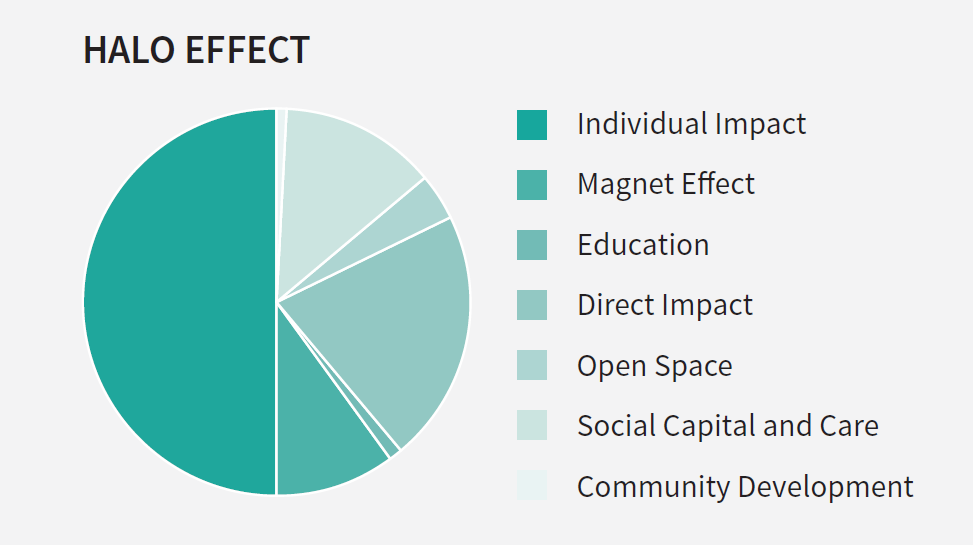 As church attendance continues to decline across the West, many have lamented the spiritual and social side effects, namely a weakening of civil society and the fabric of community life. What’s less discussed, however, is the economic impact of such a decline.
As church attendance continues to decline across the West, many have lamented the spiritual and social side effects, namely a weakening of civil society and the fabric of community life. What’s less discussed, however, is the economic impact of such a decline.
In a new study published by Cardus, Dr. Michael Wood Daly of the University of Toronto explores this very thing, researching the “economic value” of ten Toronto congregations, and finding “a cumulative estimated economic impact of approximately $45 million,” based on a combined budget of only $10 million. The study refers to this as the “halo effect,” noting the church’s value to the community, whether through social capital, community services, or physical resources and infrastructure.
The research builds on an existing framework from a pilot study done in 2010 by Partners for Sacred Spaces and the University of Pennsylvania, which resulted in similar findings. Focusing on 12 congregations, the Pennsylvania study found an economic contribution of roughly $52 million, concluding that local congregations can “now be viewed as critical economic catalysts.” Both studies evaluated a range of variables in the seven key categories, including (1) open space, (2) direct spending, (3) education, (4) magnet effect, (5) individual impacts, (6) community development, and (7) social capital and care.
From the latest study:
With minor revisions, intended to reflect Canadian culture, society, and economy; as well as methodological changes suggested by the Philadelphia research team in light of their own initial findings, the project studied economic impact in the same seven broad areas. Data was collected through interviews and self-reporting made by senior clergy, lead administrators, and key lay leaders. When the modified value matrix was applied to the data, a cumulative estimated economic impact of approximately $45 million was revealed.
…The study concludes that, as in the United States, local congregations in the city of Toronto can be viewed as critical economic catalysts. They serve as economic engines that not only support local economies but also contribute to the common good of all. Results of this initial phase suggest that economic valuation of local congregations is possible within the Canadian context and that findings are comparable to those in the Philadelphia pilot study. Finally, subsequent study and further refinements in methodology are expected to offer further validation, and potentially lead to more streamlined means of helping congregations assess their own “Halo Effect.”
 Notably, in the Toronto study, “individual impact” was the greatest value add, having a Halo Effect of over $22 million. The category that aims to measure a church’s impact on areas like suicide prevention, employment assistance, crime prevention, helping end substance abuse, counseling, education, immigration assimilation, and so on.
Notably, in the Toronto study, “individual impact” was the greatest value add, having a Halo Effect of over $22 million. The category that aims to measure a church’s impact on areas like suicide prevention, employment assistance, crime prevention, helping end substance abuse, counseling, education, immigration assimilation, and so on.
In any discussion of such effects, however, though the observable metrics are encouraging, it’s important to note that any results are bound to be limited. The “balance sheet” side of the economic value is one thing — and it surely gives us a hint — but the church also transforms the economic landscape through the deeper, longer-term spiritual development that runs before and beyond all of this. It’s true that local churches are taking immediate and tangible economic burdens off business and municipal budgets. But they are also planting seeds for these communities to have the human capital and spiritual wherewithal to engage in the economic sphere.
As the researchers fully realize, the paper is limited in its scope, and the results show that we have much more to learn. “This report outlines the need for such a quantitative tool in the Canadian context, methodology employed, values ascribed, limitations of the study, findings, and conclusions.”
Read the full thing here.

